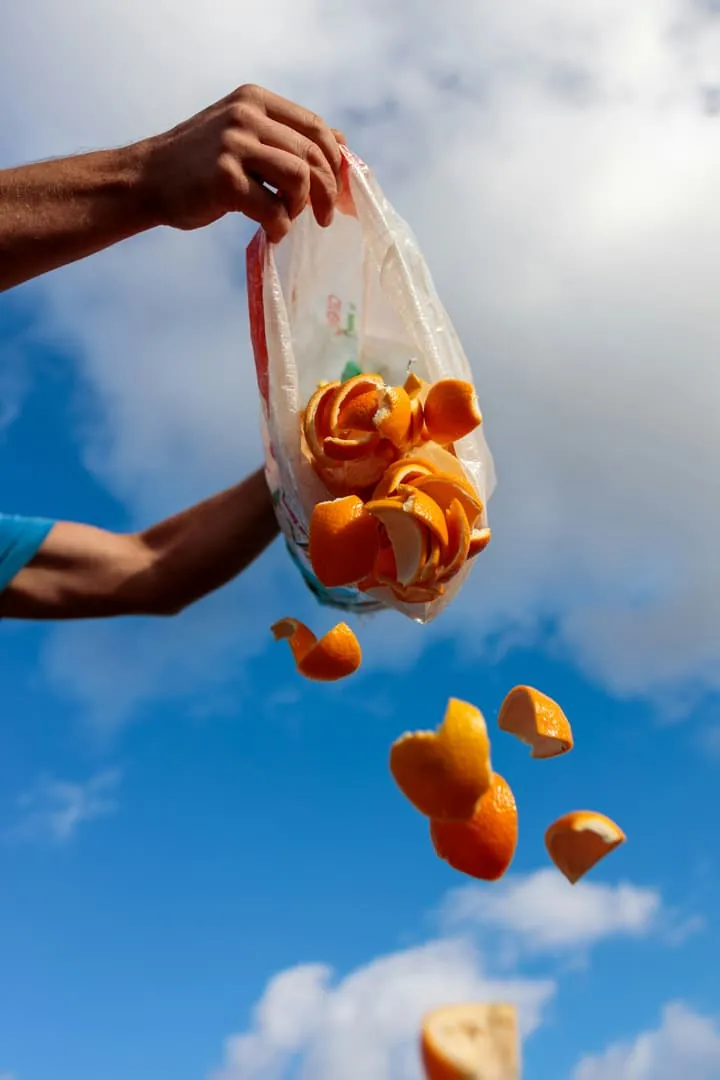
Cutting food waste without becoming rigid
Every time I throw food away, it feels like I'm tossing money straight into the bin. And I'm not alone: the average French household wastes 20 kg of food a year, including 7 kg still in packaging. That's about €240 gone. But there are simple ways to cut this waste without turning daily life into a strict routine.
Conclusion: Cutting food waste doesn't have to feel like a burden. Small gestures, repeated week after week, transform both your bin and your bills. You eat better, spend less, and show more respect for the planet's resources. Start with our zero-waste kitchen guide for practical changes.
About the author:
Alexandre Dubois is passionate about practical eco-friendly living. Based in France, he shares tested habits that reduce costs and environmental impact without overcomplicating daily life. Contact: info@greendailyfix.com
You may also like

Winter Recycling 2025: 10 Simple Ways to Cut Waste at Home
When winter arrives, we spend more time indoors — and that often means more packaging, food scraps, and waste. But cutting down on winter waste is easier than you think. Here are ten practical ways to enjoy a cozy, sustainable, low-waste season.

Zero-Waste Cooking: Turning Peels and Scraps into Autumn Dishes
Every household wastes around 30 kg of food per year – often edible peels and scraps. Autumn's soups and slow dishes make it the perfect season to turn leftovers into flavor. Here's how to transform kitchen waste into delicious, eco-friendly meals.

Reuse before recycle: how Europeans are giving everyday objects a second life
Before even thinking about recycling, real waste reduction starts with one habit: reusing. Across Europe, millions of households are giving new life to worn or forgotten objects — not out of nostalgia, but out of common sense. From jars to furniture to clothes, almost anything can find a second purpose with a bit of creativity and care.